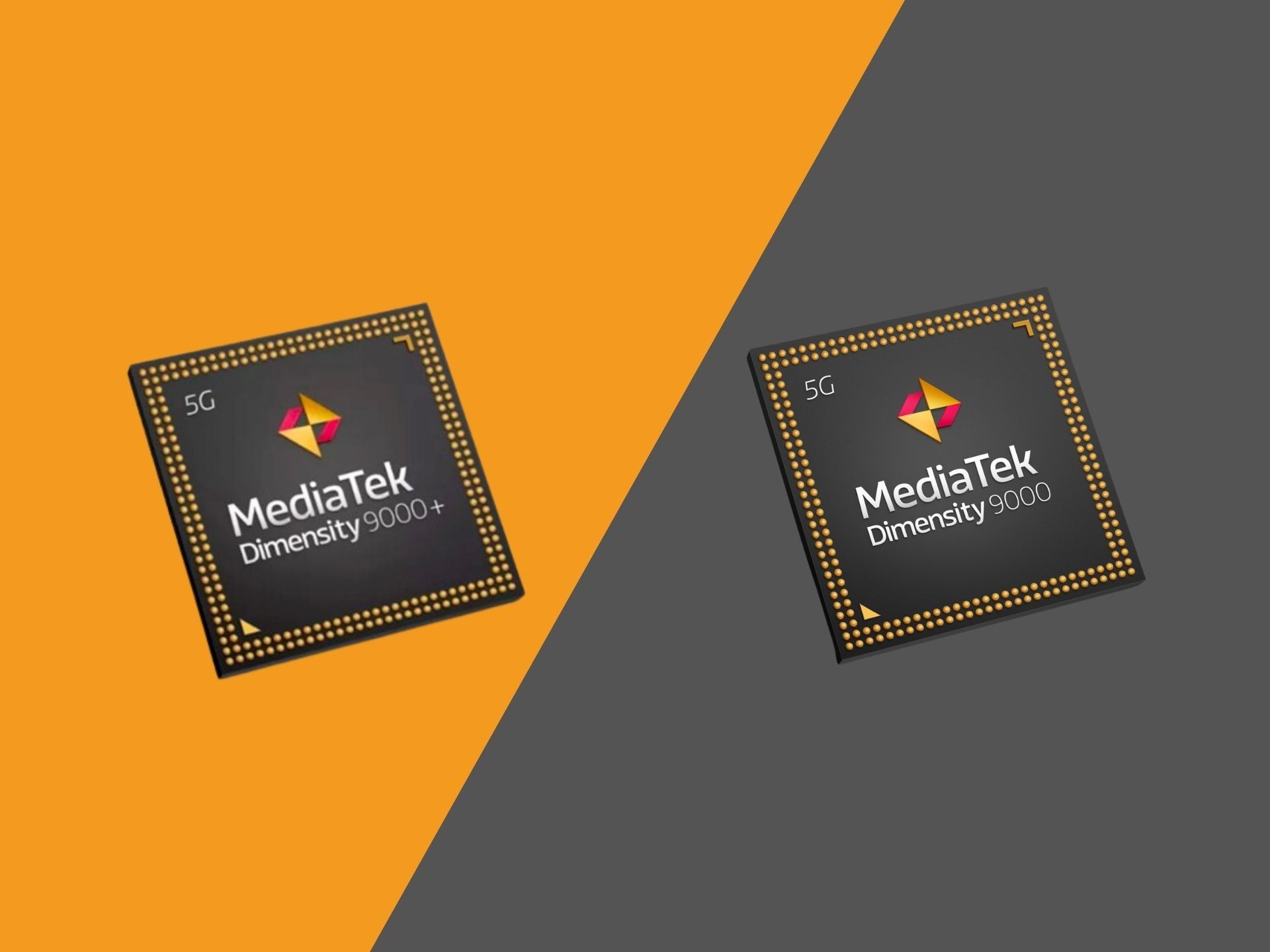MediaTek unveiled the Dimensity 9000 SoC back in November, last year. Today, the company announced a new 4nm flagship chipset, called the Dimensity 9000 Plus. It’s an improved version over the previous chip, and it comes with a performance upgrade and a better 18-bit ISP (Image Signal Processor).
The MediaTek Dimensity 9000 was one of the first chips to feature the new 4nm process, and it was a true flagship SoC. The new Dimensity 9000 Plus is aimed to compete against the recently announced Qualcomm Snapdragon 8 Plus Gen 1 high-end chip, and it comes with better performance and a number of enhancements to keep it updated.
“Building on the success of our first flagship 5G chipset, the DImenisty 9000+ ensures that device makers always have access to the most advanced high-performance features and the latest mobile technologies, making it possible for their top-tier smartphones to stand out.” – Dr. Yenchi Lee, the Deputy General Manager of MediaTek’s Wireless Communications Business Unit.
Availability & Devices
MediaTek says that users can expect more devices to appear with the new Dimensity 9000 Plus SoC from Q3 this year. The Dimensity 9000 was a significant upgrade over the previous SoCs from the company. Still, only a handful of devices were equipped with the new chip, and none arrived in North America. So far, none of the OEMs have confirmed any upcoming devices with the new Dimensity 9000 Plus chip. Most power users prefer Qualcomm’s chips for gaming, and it remains to be seen if we see more devices with the Dimensity 9000 and Dimensity 9000 Plus chips.
Specifications: Dimensity 9000 Plus vs Dimensity 9000
|
Specification |
Dimensity 9000 Plus |
Dimensity 9000 |
|---|---|---|
|
Process |
TSMC’s 4nm-class |
TSMC’s 4nm-class |
|
CPU |
- 1x ARM Cortex-X2 at 3.2 GHz |
- 1x ARM Cortex-X2 at 3.0 GHz |
|
Memory |
LPDDR5X (up to 7500Mbps) |
LPDDR5X (up to 7500Mbps) |
|
GPU |
ARM Mali-G710 GPU MC10 |
ARM Mali-G710 GPU MC10 |
|
AI |
- 5th Gen APU 590 |
- 5th Gen APU 590 |
|
Display |
- 144Hz WQHD+ |
- 144Hz WQHD+ |
|
Camera |
- 18-bit HDR-ISP fusion up to 9Gpixel/s |
- 18-bit HDR-ISP fusion up to 9Gpixel/s |
|
Modem |
- Support for 4G & 5G modems |
- Support for 4G & 5G modems |
|
Connectivity |
- Wi-Fi 6E 2x2 (BW160) |
- Wi-Fi 6E 2x2 (BW160) |
Does the Dimensity 9000 Plus offer a massive improvement over the Dimensity 9000 SoC?
The Dimensity 9000 Plus isn’t a massive upgrade over the previous Dimensity 9000 SoC, but there are still a few noteworthy upgrades. MediaTek claims the CPU is now 5% faster, and the graphics have also received a 10% improvement to perform better under a full load. The chip still uses the same GPU, a Mali-G710 MC10, and the only difference in the CPU is the higher clocked ARM Cortex-X2 which now sits at 3.2Ghz, instead of 3.0 GHz that can be found on the Dimensity 9000.
The chip has 8MB of L3 cache, and a 6MB system-level cache. The new platform also supports LPDDR5X memory and UFS 3.1 storage. As for the camera, it supports up to 320MP sensors, and it can record (with three cameras) at up to 4K 60fps. It also supports HDR10+ video recording and AI-noise reduction.
The modem in the Dimensity 9000 Plus still lacks support for the 5G mmWave technology, which was one of the main drawbacks of the non-Plus chipset. It supports sub-6GHz, but with up to 7Gbps download speeds, and there’s also Wi-Fi 6E on board alongside Bluetooth 5.3, GPS, NFC, and USB 3.1 Type-C. Considering that it’s a high-end flagship chip, we expected to see mmWave support on the Plus model, and if that’s crucial for you, you’ll have to go with another chip.

